The Ophthalmic Equipment Market is characterized by a dynamic competitive landscape, driven by technological advancements, increasing prevalence of eye disorders, and a growing aging population. Major players such as Carl Zeiss AG (DE), Alcon Inc. (CH), and Johnson & Johnson Vision (US) are strategically positioned to leverage innovation and expand their market presence. Carl Zeiss AG (DE) focuses on enhancing its product portfolio through cutting-edge research and development, while Alcon Inc. (CH) emphasizes its commitment to surgical and vision care solutions. Johnson & Johnson Vision (US) is actively pursuing partnerships to enhance its product offerings, thereby shaping a competitive environment that prioritizes innovation and customer-centric solutions.
The market structure appears moderately fragmented, with key players employing various business tactics to optimize their operations. Localizing manufacturing and optimizing supply chains are prevalent strategies among these companies, allowing them to respond swiftly to market demands and reduce operational costs. The collective influence of these key players fosters a competitive atmosphere where agility and responsiveness are paramount, ultimately benefiting end-users through improved product availability and service delivery.
In November 2025, Alcon Inc. (CH) announced the launch of its latest surgical platform, which integrates advanced AI capabilities to enhance precision in cataract surgeries. This strategic move not only underscores Alcon's commitment to innovation but also positions the company as a leader in the surgical segment of the market. The integration of AI technology is likely to improve surgical outcomes, thereby attracting more healthcare professionals to adopt Alcon's solutions.
In October 2025, Johnson & Johnson Vision (US) expanded its partnership with a leading telehealth provider to enhance remote patient monitoring capabilities. This initiative reflects the growing trend towards digital health solutions, enabling the company to offer comprehensive eye care services that cater to the evolving needs of patients. By embracing telehealth, Johnson & Johnson Vision (US) is likely to enhance patient engagement and streamline care delivery, which could lead to increased market share.
In September 2025, Carl Zeiss AG (DE) entered into a strategic alliance with a prominent research institution to develop next-generation diagnostic tools for early detection of retinal diseases. This collaboration signifies a proactive approach to addressing the rising incidence of retinal disorders, positioning Carl Zeiss AG (DE) at the forefront of innovation in diagnostic technology. The partnership may yield significant advancements in early detection, ultimately improving patient outcomes and solidifying the company's market position.
As of December 2025, current competitive trends in the Ophthalmic Equipment Market are increasingly defined by digitalization, sustainability, and AI integration. Strategic alliances are playing a crucial role in shaping the landscape, enabling companies to pool resources and expertise for enhanced innovation. Looking ahead, competitive differentiation is expected to evolve, with a notable shift from price-based competition towards a focus on technological advancements, innovative solutions, and reliable supply chains. This transition may redefine market dynamics, compelling companies to prioritize value creation over cost-cutting measures.


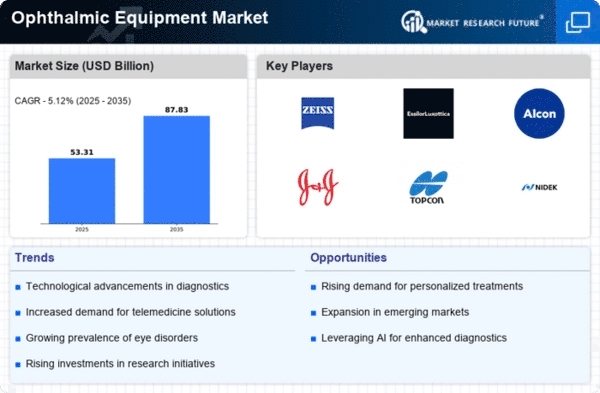
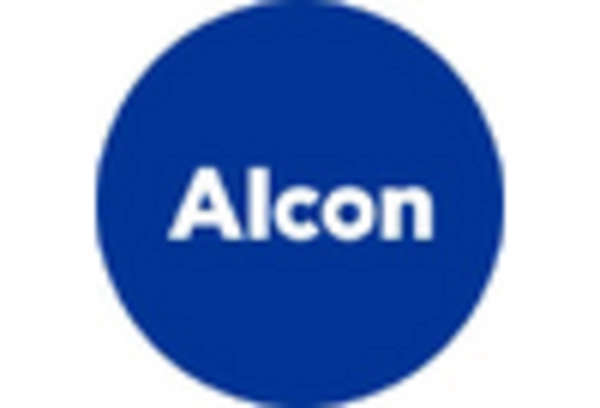
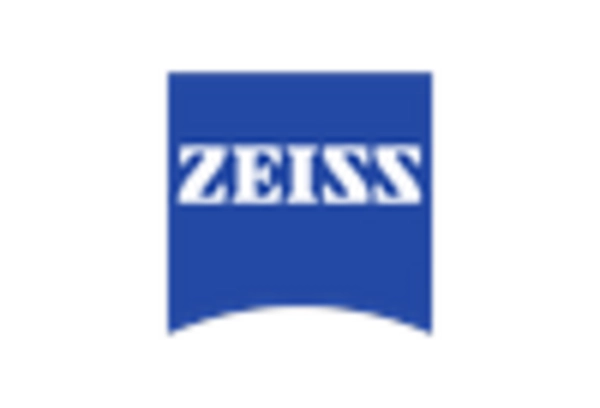
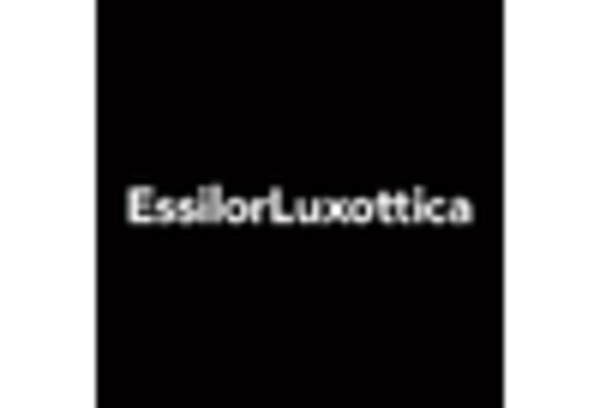
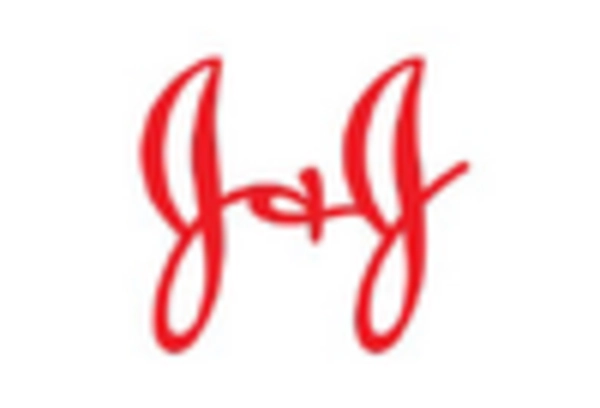

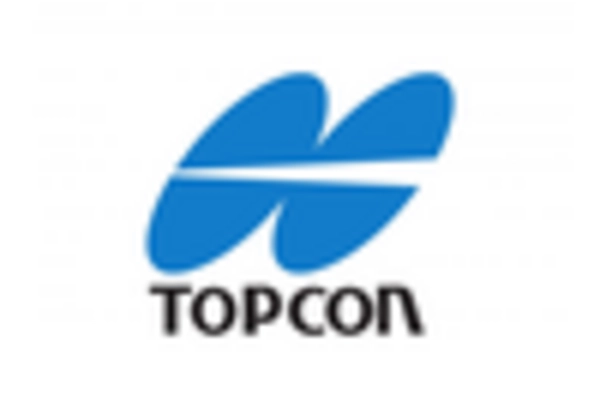








Leave a Comment